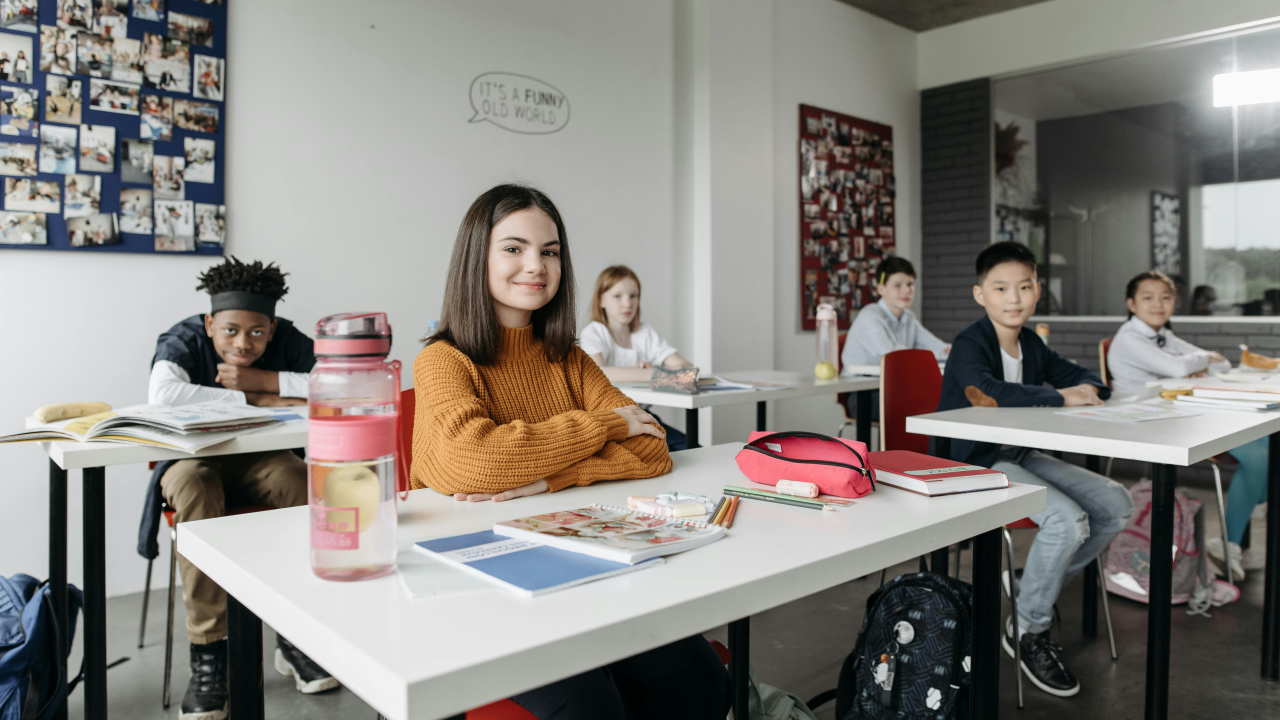You’ve Identified the Gaps, What Do You Do Now?

Learning gaps are mostly cited as the reason when a learner is struggling to understand content or falls behind in academic areas. But what exactly are learning gaps and how do we fix them and get our learners back on the right track? Learning gap refers to the relative performance of individual students—that is, the disparity between what a student has actually learned and what he or she is expected to learn at a particular age or year level. Learning gaps are the difference between what a learner is expected to have learned by a certain grade level versus what they have actually learned up to that point. These gaps are often compounding. Gaps may be defined as the difference between “the way things are” and “the way they should be”.
It is very important to address the identified learning gaps. If left unaddressed, it can increase the chances that a student will struggle academically. Often a child loses confidence at school and as they progress through their education, repairing learning gaps then can become more difficult. Learners often experience gaps in their learning when a particular concept or subject taught in school was not fully understood. Here’s why learning gaps are a problem – and how to fix them!
When talking about learning gaps, it’s important to understand how they form. Learning is based on educational building blocks (in the sense that new knowledge “builds” upon previous concepts that have been taught). Teachers have to cover a lot of content each year, and sometimes the class needs to move on to the next chapter. If a learner didn’t really “get it” – there’s a good chance that any future concepts that rely on understanding this knowledge are going to be even more difficult to grasp. This is how learning gaps begin to form.
Let’s imagine you’ve identified your students’ learning gaps from a diagnostic assessment. What are your next steps to provide personalized learning and best support each learner in your class to help them improve their understanding? Individualised educational programmes with the correct learning app could be the answer. Delivering through a personalized learning approach will help bridge learning gaps faster. Creation of an individualized lesson plan and monitoring progression and supporting with the right intervention will ensure efficacy in learning. Support Different Abilities by setting different work for groups of students’ depending on their capability. Have multiple learning objectives for a lesson. Let the objectives meet the individual needs of learners and achieve desirable learning outcomes and progress in learning. Track progress and adapt learning. Set particular work for each group to support with targeted learning. Optimize the use of your learning management system. Look ahead at the knowns and unknowns.
Stay up to date
Subscribe to the free GESS Education newsletter and stay updated with the latest insights, trends, and event news every week. Your email address will remain confidential


